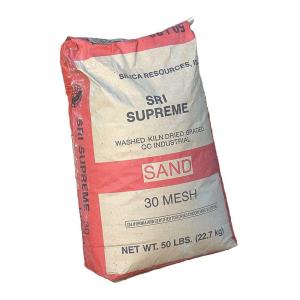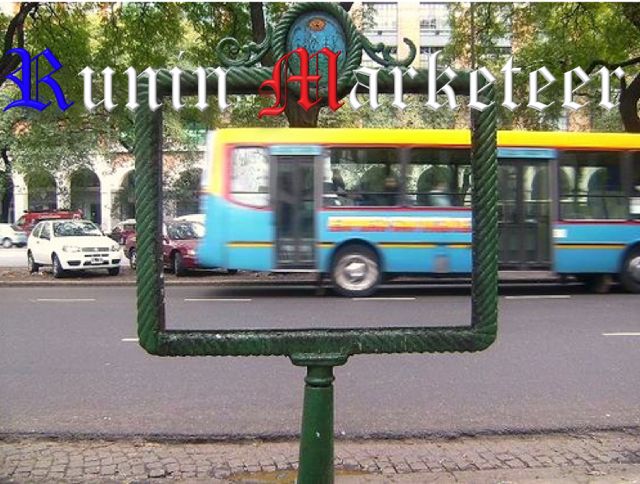Mexico is experiencing tremendous problems. Their drug war is weighing on the economy and the unprecedented violence is damaging tourism.
But not all Mexican firms are gravely affected by the burgeoning drug empire. CEMEX, the third largest cement maker in the world, is based in
Monterrey.
Founded in
1906 at its lone facility in Northern Mexico, CEMEX today maintains production facilities in more than 50 countries. Throughout the years, its focus on reducing costs, standardizing business processes, technology and organizational structure has transformed this company into a key player in the world cement business.
In this article, we will analyze how CEMEX expanded and the Global Integration and Local Responsiveness pressures surrounding CEMEX's drive to globalize.
At their inception, the concrete and cement industries were fragmented because the high cost of transportation prevented much competition.
First, CEMEX had many important customers.
Who is Cemex's largest customer? The United States of course. The US not only imports more cement than any other nation, they are Mexico's next door neighbor and in 1994 signed an
agreement to eliminate barriers of trade and investments between these two countries and Canada.
Keep in mind, none of these customers were multi-national, meaning for each location, there would be several multi-national customers.
 |
| Cemex 50 lb bag Mesh Sand in Home Depot |
Cemex has capitalized on the growth that the US experienced last decade. The US simply could not buy enough portland cement from U.S. producers. Meanwhile Cemex was able to sell cement to the US at lower prices than their American counterpart without the restrictions of tariffs and trade barriers after NAFTA was signed in 1994.
Other important customers: Europe has increased significantly in the last decade. But lately, that growth in the West has slowed, but demand in Asia has picked up. Meanwhile, Egypt's construction industry is booming. So it appears that even if one part of the
world is experiencing a slowdown in construction, there is always other parts of the world that is experiencing a boom.
Mexico Earthquake
In 1985, Mexico City was hit by a
devastating earthquake that killed over 10,000 people. The severe damage to so many buildings was blamed on lax enforcement of building codes. Because so many people were left homeless, CEMEX was busy contributing to the rebuilding of the city.
High Barriers to Entry (Aggregates and Cement)
Aggregates and cement are upstream products with high barriers to entry with initial investments starting at $50 million. Initially, there is little product differentiation.
Concrete and asphalt are downstream products with few barriers to entry, short payback periods and ability to distinguish between products.
Stepping Out at Home
In 1989, CEMEX was facing mounting competition in Mexico. In addition, the Mexican construction business was very unreliable.
They started consolidating its position in the Mexican cement market by acquiring Mexican cement producer Tolteca, making CEMEX the second largest Mexican cement producer and making the Top Ten list in the world.
And when they started to acquire, they began to realize that they had found their niche. The CEMEX way was an outstanding method of doing business and they maintained tight centralized controls.
Going Global
So when did Cemex start going global? They made their first international acquisition in 1992. In 2004, they acquired RMC of Great Britain for $5.8 billion and 15 years after their first acquisition in 2007, they won a majority stake in Australia's Rinker Group.
RMC -- Different Strokes
The acquisition of RMC altered the geographic landscape for business. This deal opened up France, Germany and several Eastern European countries. RMC was a highly decentralized company that differed from country to country. On the other hand, CEMEX had a single way of doing business and a standardized operating and engineering culture.
In the 25 years, leading up to the Rinker deal, CEMEX has grown from a small firm of 6,500 employees and $275 million in revenue to a global leader of 65,000 employees and $21.7 billion in annual revenue. Today, CEMEX brings in annual sales of more than $15 billion with only 15 percent of the sales being generated in Mexico.
Foreign Direct Investment
CEMEX relied heavily on FDI. For companies in the cement business, the only cost-effective way to globalize is to acquire plants in different, strategic locations throughout the world. Because of its weight, cement could not be easily shipped from one country to another.
First, CEMEX targeted developing nations, especially those who would be experiencing future construction demand. They purchased cement companies that were being run inefficiently and transferred its skill sets and customer service savviness to those locations.
 |
| CEMEX plant in Fairborn,Ohio |
Presence of Multinational Competitors
In 1992, CEMEX was facing competition from Holcim at home. As a result, CEMEX acquired a major stake in two Spanish cement companies, Valenciana and Sanson, giving it a majority share in one of Europe's largest cement market.
At that time, Spain was an attractive country to invest in. They had just entered the European Monetary Union, and working in Spain allowed CEMEX to tap the lower cost of capital.
So CEMEX's global expansion
was first spurred by local competition. Their further growth overseas was spurred by subsequent global competition
In the Cement and concrete business, there is not much distinction from one brand to another. Buyers make decisions primarily on price resulting on
global pressures in cost reduction.
 |
| Carbonate rock quarry used for cement production, Aruba |
The main barrier to competitive entry in the cement business is access to rock quarries. Since rock and gravel is difficult to transport, it is critical to have access to a rock quarry nearby. CEMEX operates more than
560 rock quarries strategically around the world.
CEMEX Way
CEMEX's success is attributed to how it acquired companies and how it integrated with them after the merger. CEMEX standardized business processes, technology and organizational structure throughout the world, while catering to the
individual company and host country needs.
This technique made CEMEX's process unique. Instead of eliminating the company's prior practices, CEMEX catalogued and stored these practices in a centralized database. These steps were then compared against current practices.
The benefits of the CEMEX Way was extremely profitable. From 1991 to 2003, their earnings grew more than 18 percent annually.
Information Technology
CEMEX has been a clear leader in the implementation of Information Technology. Because ready-made cement has only 90 minutes before solidifying, precise time of delivery is crucial. CEMEX is able to track their trucks using GPS, radio transmitters and satellites, allowing the company to control the production and distribution. Customers receive lower costs and stellar customer service -- both hallmarks of CEMEX.
The key to CEMEX's
foreign direct investment success was creating a reliable communications grid. CEMEX did this by creating CEMEXNET, a global satellite communications system. Leadership was then able to easily conduct "virtual inspections" of CEMEX's operations remotely.
Environmental
Cement production accounts for as much as 5 percent of global emissions of CO2.
CEMEX is reducing its carbon footprint by shifting to renewable energy and by using biomass as inputs to its kilns. CEMEX is striving for 18 percent of their electricity to come from renewable energy sources. A new 250-megawatt wind farm in Mexico will provide one quarter of CEMEX's electricity needs in Mexico.
So why did CEMEX globalize? Pankaj Ghemawat, who teaches at the Harvard Business School, has collected data that shows that globalization has profound limits. Ghemawat states that CEMEX becomes profitable only by
buying capacity in foreign countries thus reducing the number of competitors resulting in higher prices for the cement.
Haiti
CEMEX has two terminals in Haiti which s
upplies almost 70% of the local market. Today, CEMEX and CHF International are working together to train young Haitians to make better concrete blocks.
In the past, Haitians made concrete blocks that were of low quality. CEMEX is teaching these men how to make exact measurements of good quality water and sand in the cement mix.
CEMEX is also providing the proper technology to mix the cement: Bicycle powered mixers instead of mixing the cement on the ground.
Pretty soon, there will be many strong cyclists in Haiti to compete in the
Tour de France.
Will CEMEX capitalize greatly on the future Haiti reconstruction? Since CEMEX is local and they have established a great rapport and training regimen with the local populace, it appears that CEMEX will surely be in the thick of things.
Recently the
Haiti reconstruction fund approved US$65 million for rebuilding damages homes and homes in Port-au-Prince.
CEMEX
| GLOBAL INTEGRATION PRESSURES | HIGH | MEDIUM | LOW |
| Important multinational customers | |
| X |
| Presence of multinational competitors | X |
|
|
| Large investment intensity | | X |
|
| Technology intensity in design, production | | X | |
| Pressures for cost reduction |
| X |
|
| Universal needs | X |
|
|
| Access to localized resources |
| X |
|
| LOCAL RESPONSIVENESS PRESSURES | HIGH | MEDIUM | LOW |
| Different customer needs |
|
| X |
| Differences in distribution channels |
|
| X |
| Availability of local substitutes |
| X |
|
| Market structure (local competition) |
| X |
|
| Host government demands |
| X |
|






























